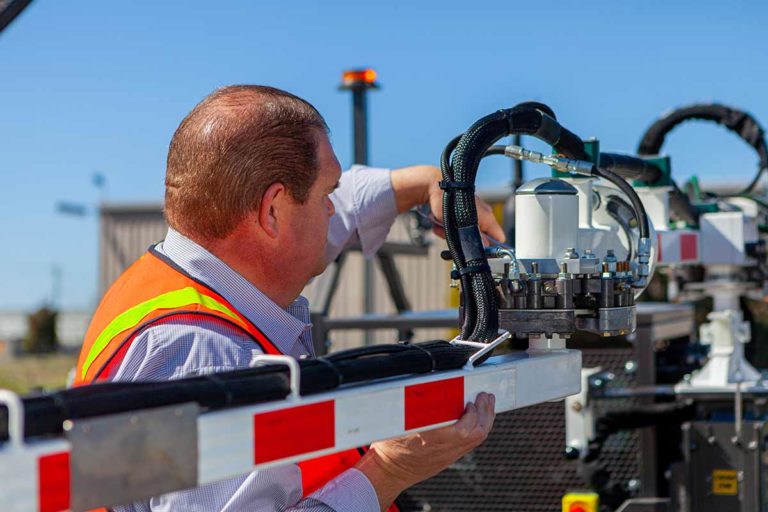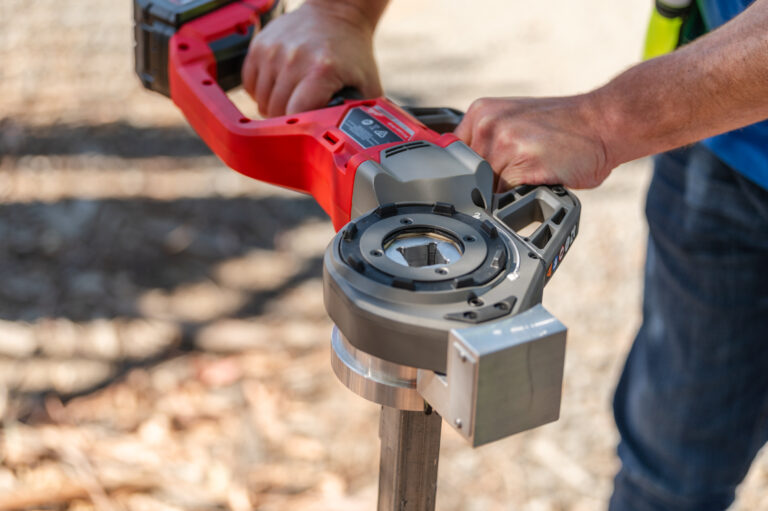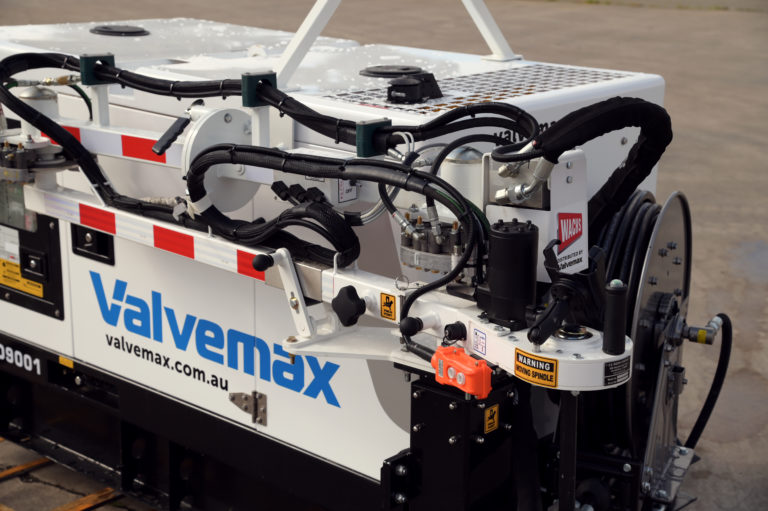As all water utilities know, it is extremely important to be able to operate valves within a moment’s notice so that when an emergency arises, sections of a distribution system can be shut down without delay.
However, when a valve is not used over a period of time it can seize-up from corrosion making the valve inoperable. This is not only incredibly frustrating for the person trying to open or close the valve, but it also poses significant risks on the community who rely on water utilities to keep the water supply safe (for consumption and other purposes such as firefighting) and consistent.
Some of the benefits of fully operational valves include:
- Being able to isolate a water main break, potentially resulting reduced water loss, easier and less costly repairs, less property damage and faster repair which is better for the health and safety of the community.
- Ability to locate the rest of a distribution system – an issue that occurs more regularly in older utilities that can be solved by knowing where valves are located
- Obtaining detailed information on the valve type and size, as well as the line where it’s located.
- Having confidence that valves will last much longer and be operational in the case of an emergency
- Paying less overtime that may be incurred as a result of significant labour costs to repair leaks in an emergency.
- Being able to isolate part of the system in an emergency.
Not knowing the location of a system’s valves or having no prior system for maintenance makes the job of launching a valve maintenance program seem daunting, but the benefits far outweigh the negative.
What is Valve Exercising?
Valve exercising is a process of turning a valve on a regular basis to avoid costly repairs or replacement of valves.
Valve exercising involves:
- Locating and mapping all valves in a system using GPS asset management software and controllers.
- Cleaning out valve boxes or vaults with the complete hydro excavation systems.
- Exercising valves completely with automated valve exercisers.
- Recording pertinent valve information by effortlessly syncing the field controller to the office computer.





